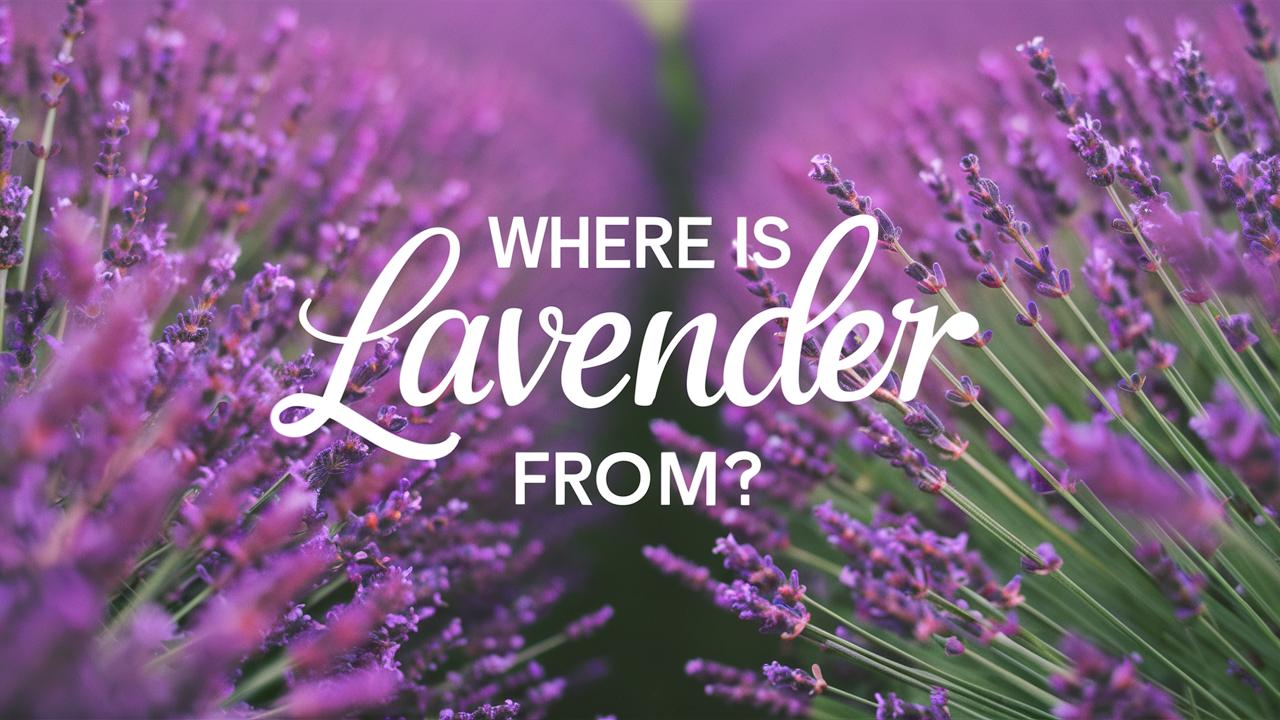In this post, we will explore the fascinating history, natural habitat, and cultural significance of lavender, deciphering its journey from the wild landscapes to our gardens and homes.
The Origins of Lavender: A Botanical Overview
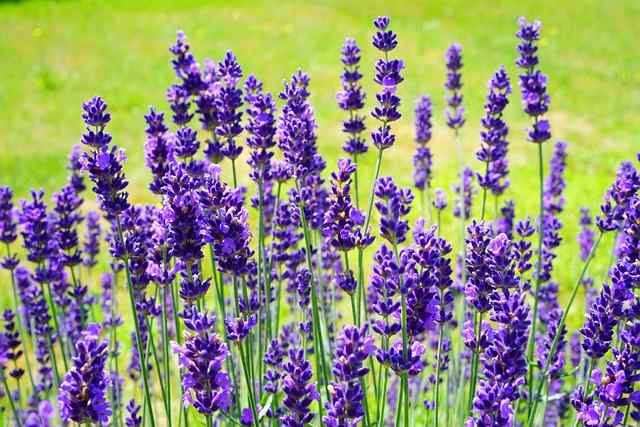
Lavender, scientifically known as Lavandula, belongs to the mint family, Lamiaceae. This perennial plant includes several species, the most popular being Lavandula angustifolia, often referred to as English lavender, and Lavandula latifolia, known as spike lavender. Lavender’s roots can be traced back to the Mediterranean region, where it flourished in the wild, creating an enchanting tapestry of purple across the landscape.
The lush hills of Southern France, Italy, and Spain boast a climate that perfectly suits lavender’s preferences. Its aromatic oils thrive in well-drained, sandy soils and full sun, conditions that are plentiful in these Mediterranean climates. When exploring the origin of lavender, one cannot overlook its significance in ancient cultures, where the plant was revered for both its beauty and its myriad applications.
Ancient Uses: Lavender in History
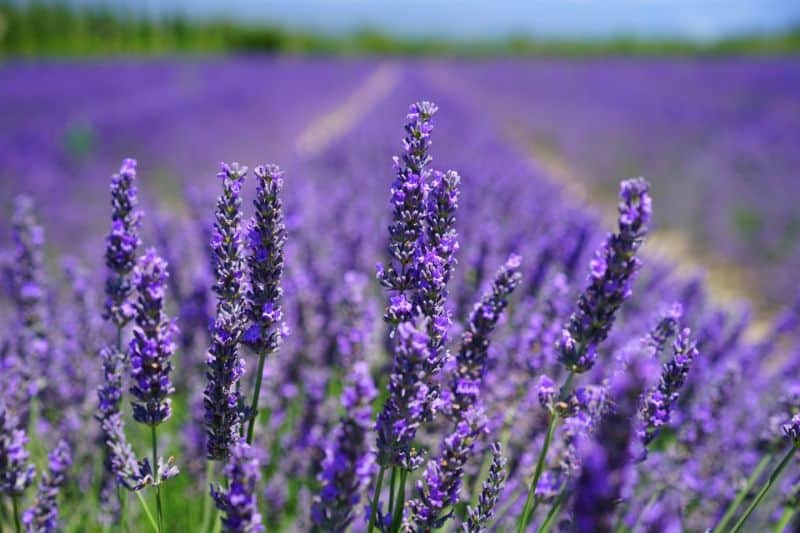
Lavender has been utilized for thousands of years, with its origins dating back to ancient Egypt, where it was used in the mummification process. Ancient Egyptians valued lavender not only for its fragrance but also for its antiseptic properties. Evidence of lavender’s use has also been found in the burial sites of royalty, showcasing its esteemed status in their civilization.
The Greeks and Romans were both enamored with lavender, using it as a perfume, in baths, and for its medicinal properties. The name “lavender” is derived from the Latin word “lavare,” meaning “to wash.” It was believed to promote cleanliness and purify the body and spirit. The Romans, known for their advanced civilization, included lavender in their public baths, enjoying its calming effects. They understood well that lavender not only smells delightful but also alleviates stress and anxiety.
In medieval times, lavender gained popularity in Europe. It was cultivated in monasteries for its use in herbal remedies and as a pest repellent. This plant became synonymous with cleanliness, finding its way into laundries and homes as a fragrant addition to bedsheets and linens. During the Black Plague, lavender was thought to ward off disease, and people would carry sachets of dried lavender to protect themselves from sickness. This blend of historical utilization shows that lavender has long been entrenched in human culture, fulfilling both practical and aesthetic needs.
Cultural Significance of Lavender
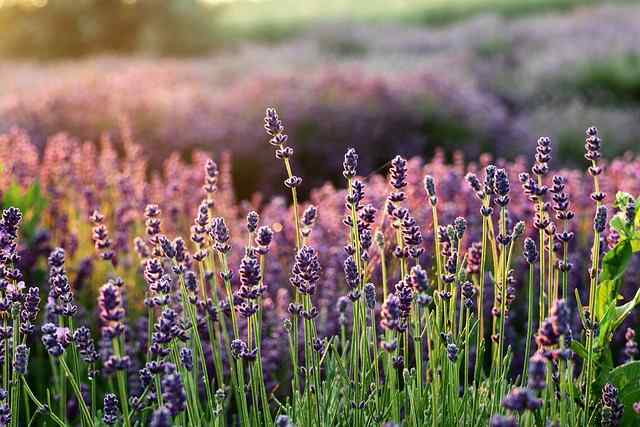
Today, lavender carries a plethora of cultural meanings around the world. In Provence, France, lavender festivals celebrate the bloom season with an explosion of purple fields, drawing visitors from across the globe. The sight and smell of these blooming fields have become synonymous with the region, contributing significantly to France’s identity as an epicenter of perfume and essential oil production.
In Japanese culture, lavender represents beauty, healing, and purity. Lavender fields, particularly those found in Hokkaido, have become prime tourist spots, symbolizing not just the flower’s beauty but also peace and tranquility. Japanese artists and poets often feature lavender in their works, portraying it as a symbol of serenity.
In addition to its aesthetic appeal, lavender has spiritual connotations in various traditions. For instance, in the Language of Flowers, lavender symbolizes devotion and love, making it a popular choice for bouquets and arrangements on special occasions such as weddings and anniversaries. By understanding its cultural significance, we can appreciate not only the beauty of lavender but also its profound impact on societies over the ages.
The Different Species of Lavender
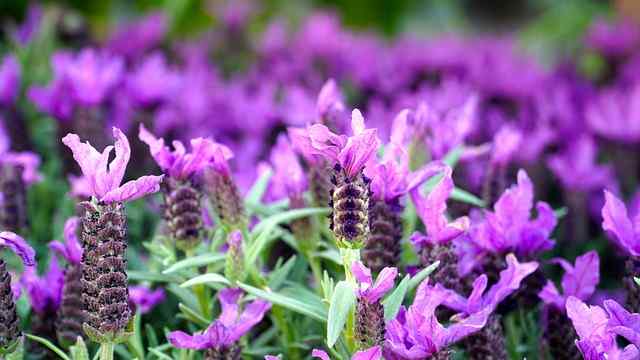
While Lavandula angustifolia and Lavandula latifolia are the most commonly known species, there are over 30 different species of lavender, each with unique characteristics and preferred growing conditions. This diversity contributes to the wide range of aromas, flavors, and uses that lavender offers.
English Lavender (Lavandula angustifolia): Often considered the quintessential lavender, this species features short stems and compact flower spikes. With its sweet, floral scent, English lavender is favored for culinary uses, aromatherapy, and sachets.
Italian Lavender (Lavandula stoechas): Recognized for its distinctive rabbit ear-like flower spikes, Italian lavender boasts a stronger aroma and is often used in potpourri and fragrances. It thrives in warmer climates and adds visual interest to gardens.
Spike Lavender (Lavandula latifolia): This species possesses a woodsier fragrance and a higher camphor content, making it ideal for producing essential oils. It is often preferred for medicinal and antiseptic purposes.
Spanish Lavender (Lavandula stoechas): A native of the Mediterranean, Spanish lavender is characterized by its vibrant purple flowers. The plant’s unique appearance makes it a favorite among gardeners who wish to create a visually striking display.
Each lavender species has distinct characteristics that suit different climates, soils, and uses, showcasing the adaptability of this remarkable herb.
Growing Lavender: Tips and Techniques
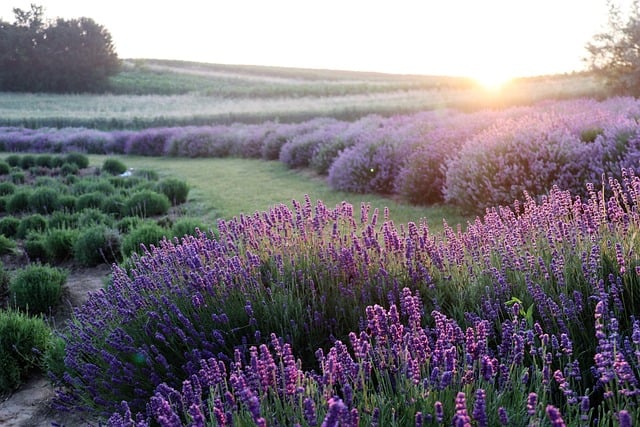
One of the reasons lavender enjoys popularity is its relatively easy cultivation. For aspiring gardeners, knowing how to grow lavender in your home garden can provide you with years of fragrant beauty and practical benefits.
1. Choosing the Right Location
Lavender loves sunlight, and selecting a location that receives full sun (at least 6 to 8 hours per day) is essential for healthy growth. It thrives in well-drained soil, so look for sandy or rocky soils that avoid water accumulation.
2. Soil Preparation
Before planting, ensure the soil is amended properly. Good drainage is crucial, so consider adding sand or gravel to improve soil structure. The ideal pH for lavender hovers between 6.0 and 8.0. Consider using a soil test kit to check your soil’s pH level and adjust accordingly.
3. Planting Lavender
When planting lavender, ensure to space plants appropriately, ideally around 18 to 24 inches apart. This allows air circulation and helps prevent issues with fungal diseases. Planting should be done in the spring or early fall when temperatures are moderate.
4. Watering and Maintenance
While lavender is drought-tolerant once established, it may need occasional watering during dry spells. It’s better to underwater than overwater; maintaining dry soil helps prevent rot. In terms of maintenance, regular pruning encourages bushier growth and prevents woody stems.
5. Harvesting and Drying
When harvesting lavender, cut stems just below the flower heads when the buds begin to bloom for the best aroma. For drying, gather the stems in small bunches, tying them together and hanging upside down in a cool, dark, and airy space. This not only preserves the flowers but also maintains their aromatic oils.
By following these tips, gardeners can create a haven of lavender in their own backyard, celebrating the unique beauty and benefits this versatile plant provides.
The Aromatherapy and Medicinal Benefits of Lavender
Over the years, lavender has carved a significant niche within the world of aromatherapy and herbal medicine. Its soothing properties make it a cherished ally within the realm of wellness.
1. Aromatherapy
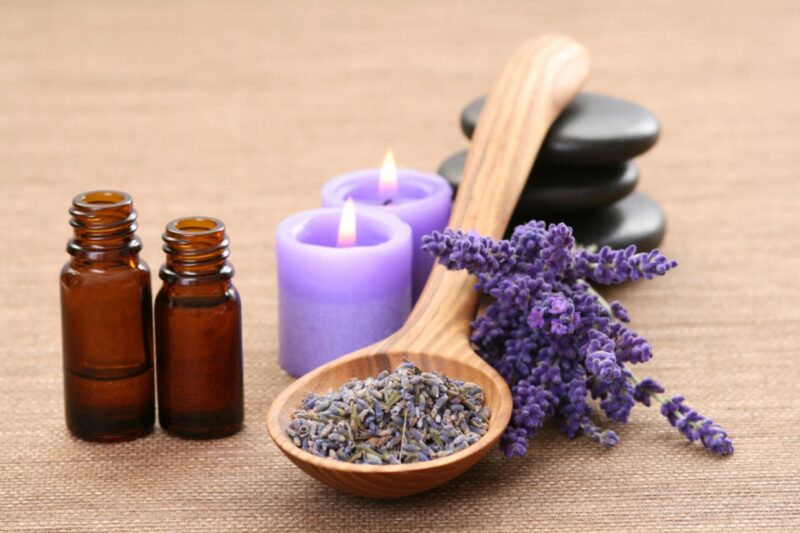
Lavender essential oil is commonly used in aromatherapy for its calming effects. Inhaling the soothing aroma is believed to reduce stress, anxiety, and even depression. A few drops of lavender oil in a diffuser can create a tranquil atmosphere, perfect for relaxation after a long day.
2. Sleep Aid

Many people use lavender as a natural remedy for insomnia and sleep disturbances. Spritzing lavender water on pillows or using lavender sachets under the pillow can promote restful sleep and help ease anxiety before bedtime.
3. Skin Care
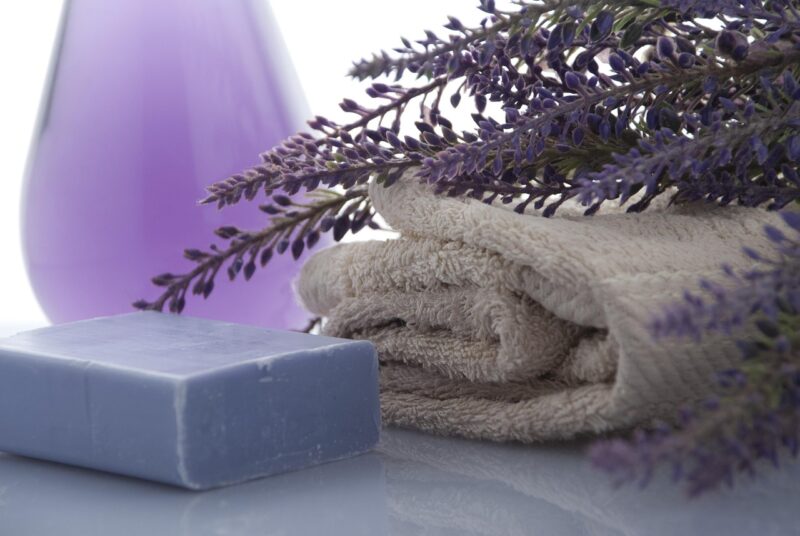
Lavender possesses antimicrobial properties, making it a valuable addition to skincare routines. It can help soothe and calm irritated skin, reduce acne, and even treat minor burns. Many commercial products incorporate lavender, allowing us to benefit from its healing properties while enjoying its fragrance.
4. Pain Relief
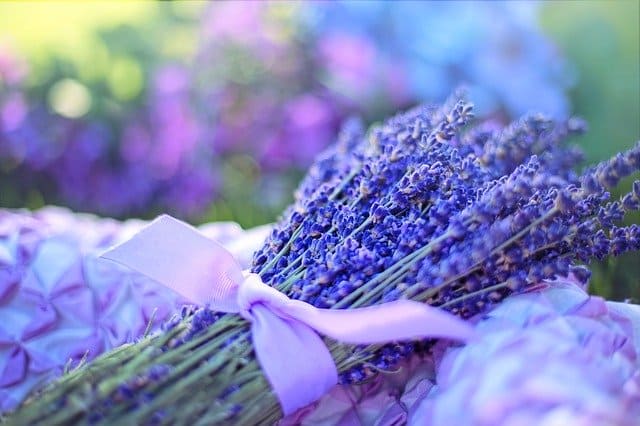
Lavender has been shown to help alleviate headaches and migraines. Applying diluted lavender oil on temples can provide relief from tension headaches, while also serving as a discreet and pleasant fragrance.
5. Digestive Health
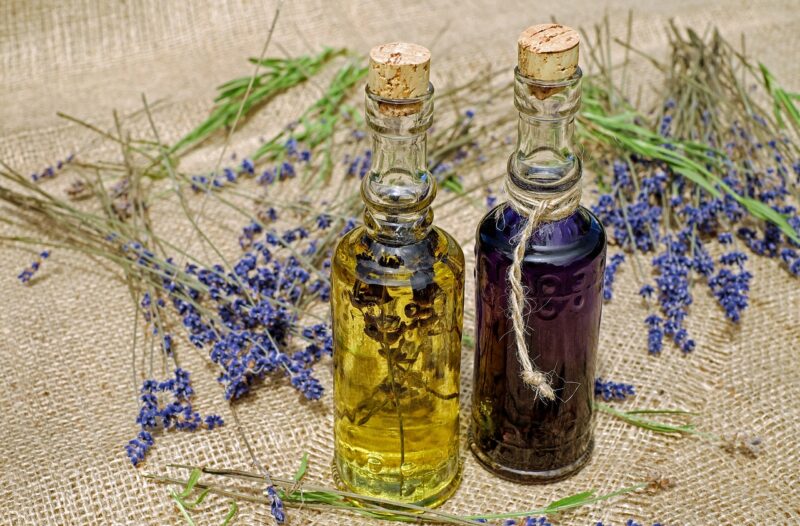
Lavender is thought to have beneficial effects on digestion, aiding in the relief of bloating and stomach upset. Increasingly popular in teas, lavender lends its unique aroma to blends which soothe the digestive tract.
As research continues to explore the benefits of lavender, it becomes evident that this plant is far more than a fragrant addition to gardens; it provides a wide array of health benefits that enhance our overall well-being.
The Global Lavender Industry
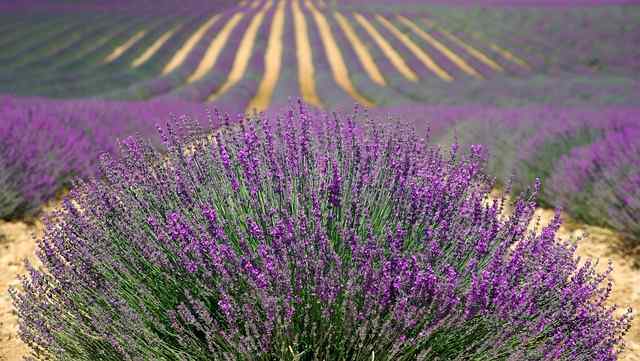
Lavender’s popularity has given rise to a thriving global industry. From essential oils to skincare products, lavender has many applications, allowing consumers to experience its benefits in various forms.
1. France: The Lavender Capital
France is often regarded as the epicenter of the lavender industry, especially in the Provençal region. Lavender fields attract millions of tourists each year, bolstering the local economy while showcasing the plant’s beauty. This region is known for producing essential oils, culinary lavender, and even lavender-infused honey. The French harness the plant’s properties to create exquisite perfumes that have become synonymous with quality and luxury.
2. United States: The New Frontier
In the United States, lavender farming has gained popularity, particularly in states such as Washington, California, and Oregon. Farmers plant lavender not only for essential oils but also for tourism and agritourism opportunities. Lavender festivals and U-pick fields have become popular attractions, allowing visitors to immerse themselves in the beauty of lavender while creating lasting memories.
3. Australia and New Zealand
Australia and New Zealand have emerged as notable players in the lavender industry. Lavender farms flourish in both countries, catering to local markets and exporting essential oils worldwide. Australian lavender has developed a distinct reputation for its high-quality oils, often used in fragrances and personal care products.
With an expanding demand for lavender in various forms—essential oils, culinary products, and natural skincare—the global lavender industry is set to flourish.
Conclusion: The Enduring Allure of Lavender
Lavender encompasses so much more than just a beautiful flower; its history, significance, and myriad uses underscore its unique place in our lives. From ancient civilizations that revered its healing properties to modern gardens that celebrate its aesthetic appeal, lavender continues to inspire and soothe across cultures and generations.


